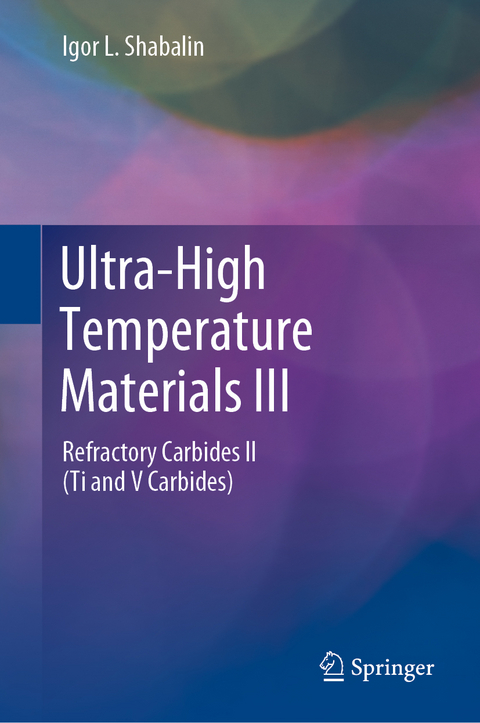
Ultra-High Temperature Materials III
Springer (Verlag)
978-94-024-2037-1 (ISBN)
Igor L. Shabalin has got about 50 years experience in Ultra-High Temperature Materials Design, Science and Engineering. He was born in the Urals, Russia, graduated in Technology of Less-Common Metals and received his M.Sc. and Ph.D. degrees from the Ural Polytechnic University (UPI), Yekaterinburg (former – Sverdlovsk), Russia. He has held academic positions at the UPI (now – Ural Federal University) and was the founder of the Special Research Laboratory for Aerospace Industry (ONIL-123). As head of the laboratory and member of several scientific and technological councils, he established collaboration between universities and industry by running a variety of R&D projects and was involved in the management of some world leading programmes in rocketry and spacecraft development in the USSR Ministry of Aerospace Industry (MOM). In 2003 Professor Igor L. Shabalin immigrated to the United Kingdom. He joined the University of Salford, Manchester, as a researcher in Materials in 2005. AsI. L. Shabalin has developed his personal original approach to a special subclass of engineering materials – hetero-modulus composites and hybrids in ceramics, his research activity focuses mainly on high and ultra-high temperature ceramic composites with graphene-like (carbon and boron nitride) constituents. I. L. Shabalin has discovered in Russia in the 1980-90s and formulated later in the UK – mesoscopic temperature-pressure-dependent phenomenon in the solid-state gas-exchange chemical reactions (surface processes) termed as “ridge effect”. From 1971 up to date he has published about 300 scientific and technical papers and holds more than 40 patents. In 2014 Prof. I. L. Shabalin was awarded the title of Honored Professor of the Department of High Temperature Materials (National Technical University of Ukraine), which was founded by Grigorii V. Samsonov, one of the world-famous scientists of the 20th century in the field of physics and chemistry of non-oxide refractory compounds.
Introduction.- Titanium Monocarbide.- Vanadium Monocarbide.- Addendum.- Index (Physical Properties).- Index (Chemical Systems).
| Erscheinungsdatum | 02.10.2020 |
|---|---|
| Zusatzinfo | 1 Illustrations, color; 1 Illustrations, black and white; XV, 797 p. 2 illus., 1 illus. in color. |
| Verlagsort | Dordrecht |
| Sprache | englisch |
| Maße | 155 x 235 mm |
| Themenwelt | Naturwissenschaften ► Chemie ► Anorganische Chemie |
| Naturwissenschaften ► Chemie ► Technische Chemie | |
| Technik ► Maschinenbau | |
| Schlagworte | Carbon-Carbon Composites • Ceramic Composites • Ceramic-Mettalic Composites • Ceramics Properties • Cermets |
| ISBN-10 | 94-024-2037-1 / 9402420371 |
| ISBN-13 | 978-94-024-2037-1 / 9789402420371 |
| Zustand | Neuware |
| Haben Sie eine Frage zum Produkt? |
aus dem Bereich


